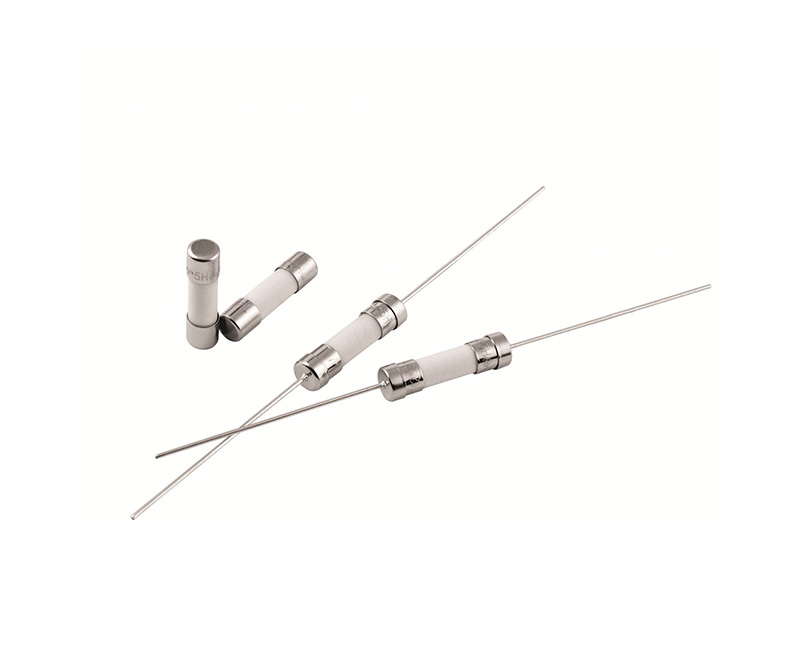
1: The testing process is as follows:
1. Initial internal resistance Rimin measurement: Unpack, take out the fuse, and measure the internal resistance of the fuse;
2. Welding: Solder the fuse onto the PCB through reflow soldering, with leads connected to the PCB for easy electrical performance testing;
3. Hold current IHold test: Select a DC constant voltage and current source for testing. Adjust the voltage to the voltage Vmax specified in the specification,
Adjust the current to the holding current Ihold specified in the specification and power on for 15 minutes;
4. Action current Itrip test: Select a DC constant voltage and current source for testing. Adjust the voltage to the voltage Vmax specified in the specification,
Adjust the current to the holding current Itrip specified in the specification and power on for 5 minutes;
5. R1max test: Cool the activated fuse for 1 hour and measure the internal resistance of the fuse.
2: Test standards:
1. The testing environment is a room temperature environment of 25 ℃, without light or thermal radiation;
2. The initial internal resistance Rimin of the fuse must be within the specification range;
3. If the fuse remains inactive for 15 minutes at IHold current, it is considered qualified;
4. If the fuse operates within 5 minutes under Itrip current, it is deemed qualified;
5. After the fuse is activated, the internal resistance R1max must be within the specification range.
3: Common issues during testing
Attached FAQ:
Q: The laboratory only has a multimeter, can internal resistance be measured?
A: It is recommended to use a professional micro resistance testing instrument (such as Hioki 3540) for measurement. In the absence of a micro resistance meter, a multimeter can be used for rough measurement.
Q: Is it possible to use a regular constant voltage and current source for testing without professional power equipment in the laboratory?
A: You can use a regular constant voltage and current source for testing.
Q: The laboratory does not have a PCB, can it be directly placed on the desktop for testing?
A: Can a fuse provide protection? Essentially, the heat absorbed by the fuse is greater than the heat released, and the heat of the fuse itself
Read recommendations:
Classification of fuses and fuses.where is the air conditioner fuse located